
Milestones in the Romanian natural gas industry
The evolution of, “Transgaz” S.A., the National Gas Transmission Company is decisive for the gas industry in Romania.
In Romania, methane gas was discovered at Sarmasel, the Mures County, in 1909.
An organized activity in the natural gas industry was initiated in Romania at the beginning of the 20th century, when, based on the first discoveries, the commercial reserves were put in production, consequently commercial gas deliveries were performed on household and industrial purposes (for lighting, heating and methanol, soda salt and black producing).
The first Romanian and European organization in the field, ‘Erste Siebenbuergische Erdgas Aktiengesellschaft – The First Transylvanian Company for Natural Gas Conduction’ was established in 1912 at Turda, its object of activity being natural gas transmission and exploitation of Sarmasel reservoir. The company commenced the building of a 55 km long methane gas transmission pipeline with a diameter of 153 mm, from Sarmasel to Turda. The pipeline building was completed in 1914.
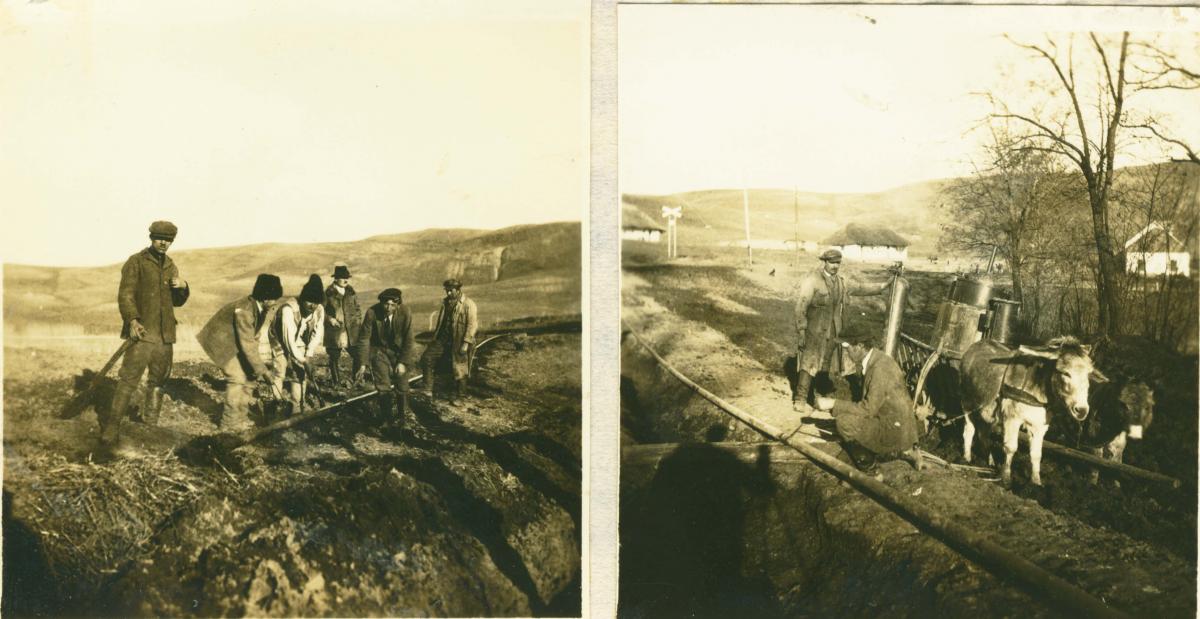
On November 26th, 1915, the company Ungarische Erdgas-Gesellschaft AG was established and headquartered in Budapest, having as main shareholder a union lead by the Deutsche Bank in Berlin, for the exploitation, transmission and distribution of Transylvanian natural gas – the first integrated company in Europe.
In 1917, Turda became the first European town lit up with natural gas.
Within 1917-1925, for the first time, the Transylvanian towns of Turda, Tarnaveni and Medias were supplied with methane gas.
The necessity to regulate gas pressure upon delivery from the transmission pipeline to the distribution companies or to the industrial consumers determined the mounting of the first natural gas regulating-metering-delivery station in Medias, in 1925.
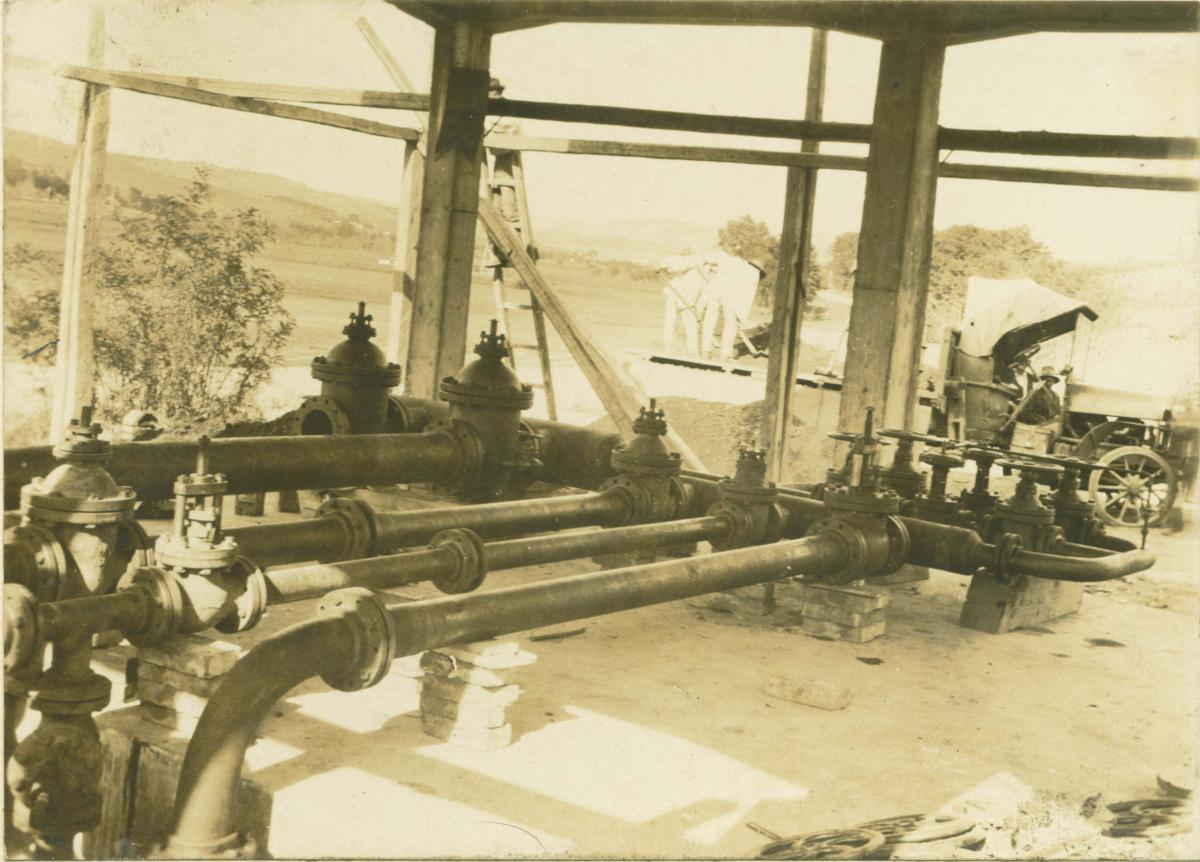
Similar plants were mounted at Turda and at Campia Turzii within 1927-1928.
The dropping of the natural gas pressure in the Sarmasel reservoir led to the necessity to compress natural gas for the supplying of Turda. Thus, in 1927, the first compressor station in Europe was mounted at Sarmasel.
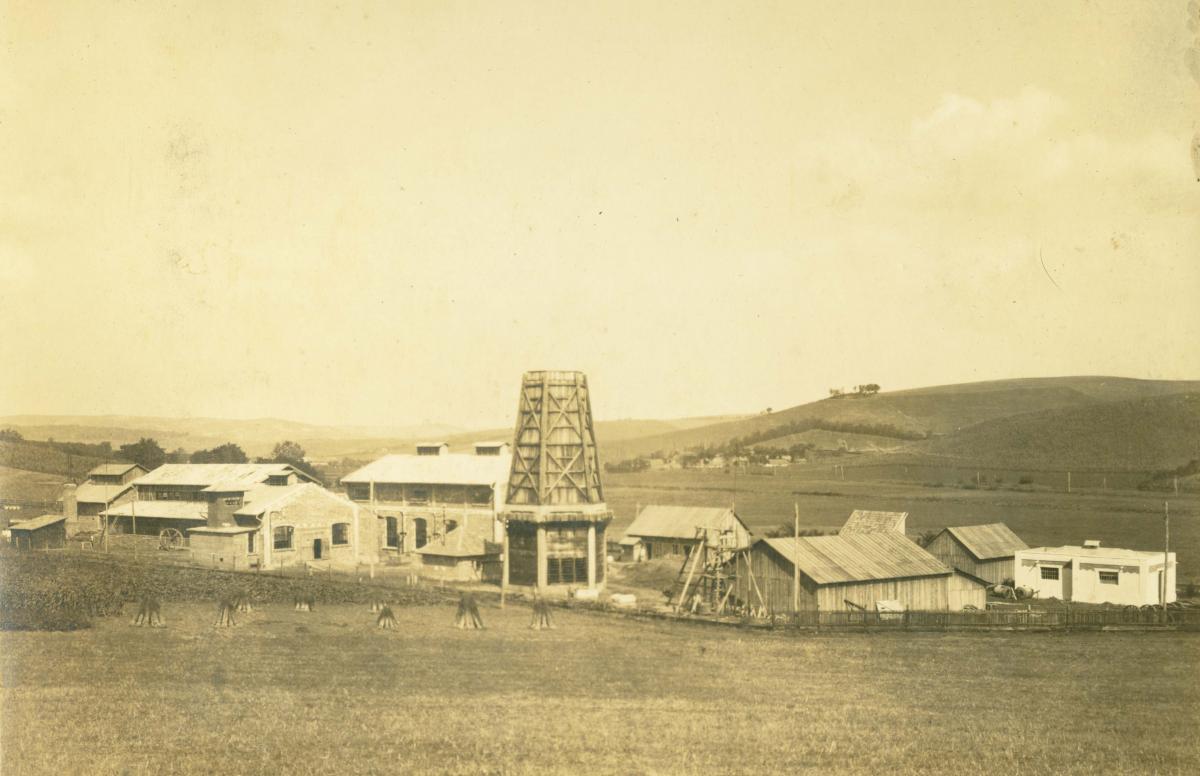
Besides the building of natural gas transmission pipelines in Transylvania, two pipelines were built in Valachia for the transmission of the oil field associated gas to the household consumers and to the industrial consumers in Campina (1927) and in Ploiesti (1928).
The building of the main pipelines developed and was influenced by the local communities’ desire to use the new fuel. At the onset of the gas activity (1917 – 1942) natural gas transmission in Romania expanded on relative, local / individual routes (deposit – consumer).
The Second World War led to an increase in primary energy demands necessary for its support. This is deemed to be the moment triggering the shift from a local usage of natural gas to a regional one (the gas supply to Bucharest and to the towns on the Prahova Valley from the Transylvanian Basin reservoirs). The gas supply to Bucharest started in 1943 from the Manesti and Vladeni reservoirs, situated on the Prahova Valley. In 1947, Bucharest was supplied with natural gas from other reservoirs situated in the Transylvanian Basin, by the commissioning of the 295 km long Botorca – Bucharest pipeline, having diameters ranging from 250 mm to 400 mm.
In 1958, the first Romanian and European natural gas storage facility was built in Ilimbav, Sibiu County, which allowed the taking over of the seasonal and hourly consumption peaks. This was considered to be a milestone in Europe.
A year later (1959), further to the signing of the Romanian and Hungarian intergovernmental agreement for the delivery of natural gas, Romania became the first European country exporting natural gas.
In 1965, Romania was the first country in Europe to build a natural gas compressor station, placed on a main pipeline and provided with turbo-compressors, in Batani.
The continuous growth of the gas demands led to the mounting, within 1965- 1985, of six compressor stations on the transmission pipelines, equipped with 21 compressors and having a total installed power of 77550 power horses.
The year 1979 stands for the onset of the natural gas imports from the Russian Federation, as a consequence of 1976 when the consumption peak of natural gas from the free reservoirs (not associated with oil) reached 32.7 billion cubic metres.
The natural gas international transit to the Balkans started in Giurgiu, in November 29th, 1970, upon signing of the ‘Romanian – Bulgarian Intergovernmental Agreement for the USSR gas transit to Bulgaria’.
The pipeline for the gas transit to Bulgaria was completed in 1974, having a nominal diameter of 1,000 mm and a length of 190 km.
In 1986, the ‘Agreement between the Governments of Romania and USSR, regarding the gas transit from the USSR to Turkey, Greece and other countries, on the territory of Romania’ was concluded in Moscow. Based on such agreement, the Romanian party shall build a pipeline with a nominal diameter of 1,200 mm and a length of 190 km. Ten years later, a new Agreementbetween the Government of Romania and the Russian Federation was concluded concerning the extension of the gas transit pipeline capacity on the territory of Romania and the increase in natural gas deliveries from the Russian Federation to Romania.
Year 2000 represented a turning point in the evolution of the Romanian gas industry. According to the Governmental Decision No. 334 / April 28th, 2000, the Natural Gas National Company ‘Romgaz’ S.A. Medias was restructured and reorganized, by totally unbundling the main ‘gas chain’ activities into separate entities:
- two national companies - ‘Transgaz’ S.A. Medias (for natural gas transmission) and ‘Depogaz’ S.A. Ploiesti (for natural gas storage);
- two natural gas distribution trading companies - ‘Distrigaz Nord’ S.A. Targu Mures and ‘Distrigaz Sud’ S.A. Bucharest;
- an exploitation – production trading company - ‘Exprogaz’ S.A. Medias.
-----------------------
UEG - “The Hungarian Methane Gas Company”
↓
“SONAMETAN” – The Methane Gas Joint-Stock Company
↓
The Mediaş Methane Gas Main Pipeline Operation Company
↓
The Public Company "Romgaz"
↓
The National Company "Romgaz"
↓
The National Company “TRANSGAZ”
PERSONALITIES
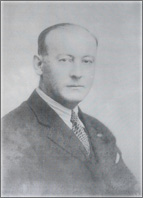
Constatin I. Motas (1887-1976) is famous for his longevity as a Director General in the history of the gas sector. He held such position since 1919 until 1945 being acknowledged as a great engineer, manager, strategist and character dedicating his life to the Romanian gas related activities.
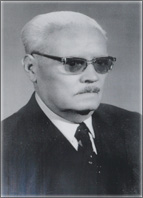
AUGUSTIN VANCEA (1892 - 1973) was one of the most brilliant personalities in the geological research field and worked as a Ph. D. engineer with the Central Office for Natural Gas Medias. By its geological surveys for designing the exploitation of methane gas deposits and their importance for science, Augustin Vancea became a corresponding member of the Romanian Academy in 1963.
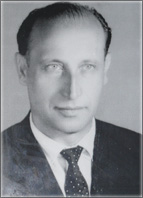
VIRGIL N. POPOVICI (1924 – 1984), due to his recognized value and merits in service he experienced a continuous professional advancement, being elected member of the International Gas Union Committee and of the Secretariat of this Committee. As a Ph. D. engineer in well drilling, he represented our country in various international oil and gas meetings and congresses.
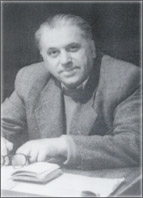
OPRESCU N. OPREA (1906 – 1988) was recognized as the "father of natural gas drilling" in his nearly five decades of activity. His work materialized in the digging of hundreds of wells that have ensured and still ensures the gas volumes for the Romanian gas industry, in discovery of new deposits of hydrocarbons, especially in stopping strong eruptions and solving many difficult technical accidents which involve a lot of courage, energy and professionalism.